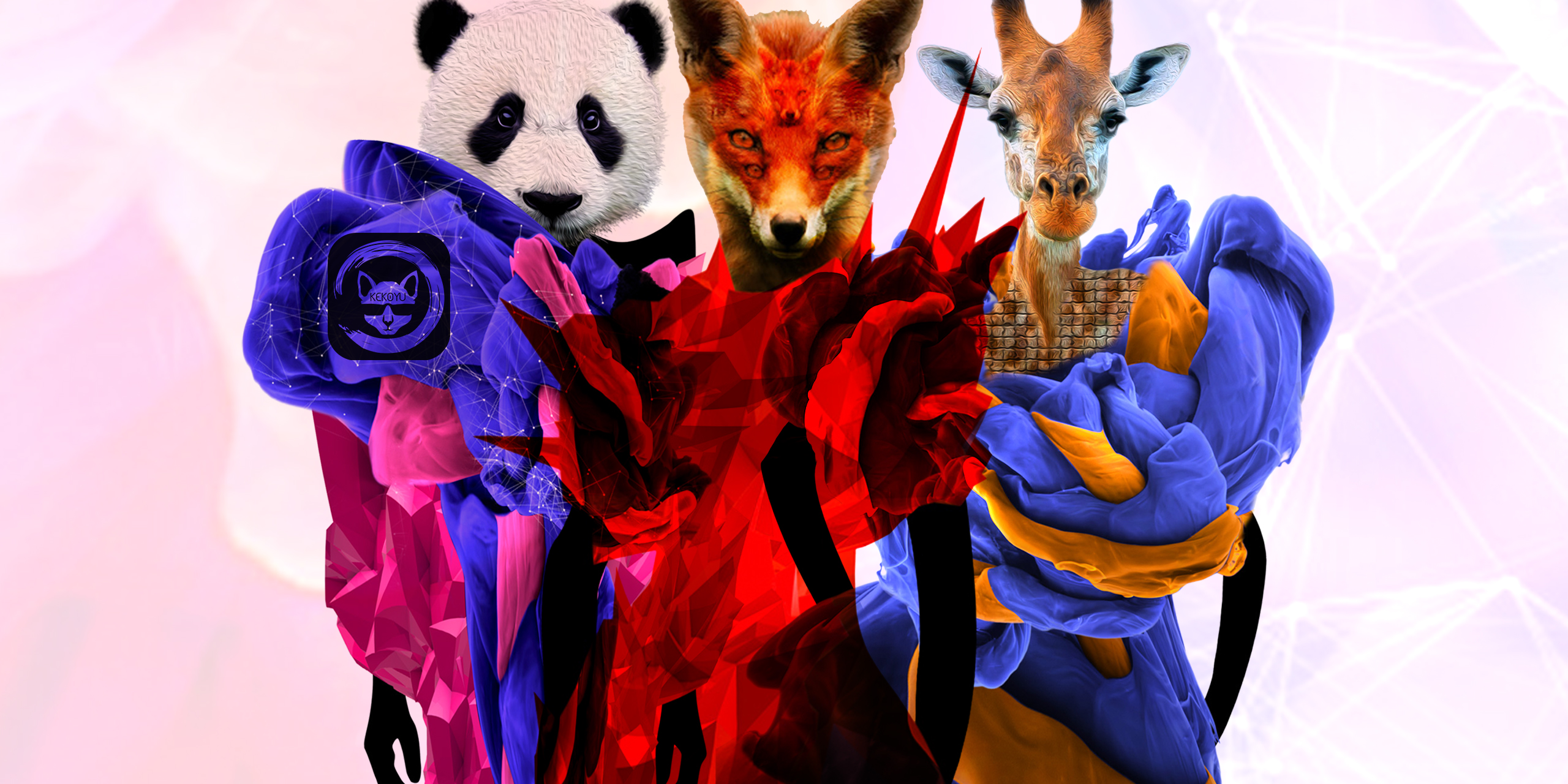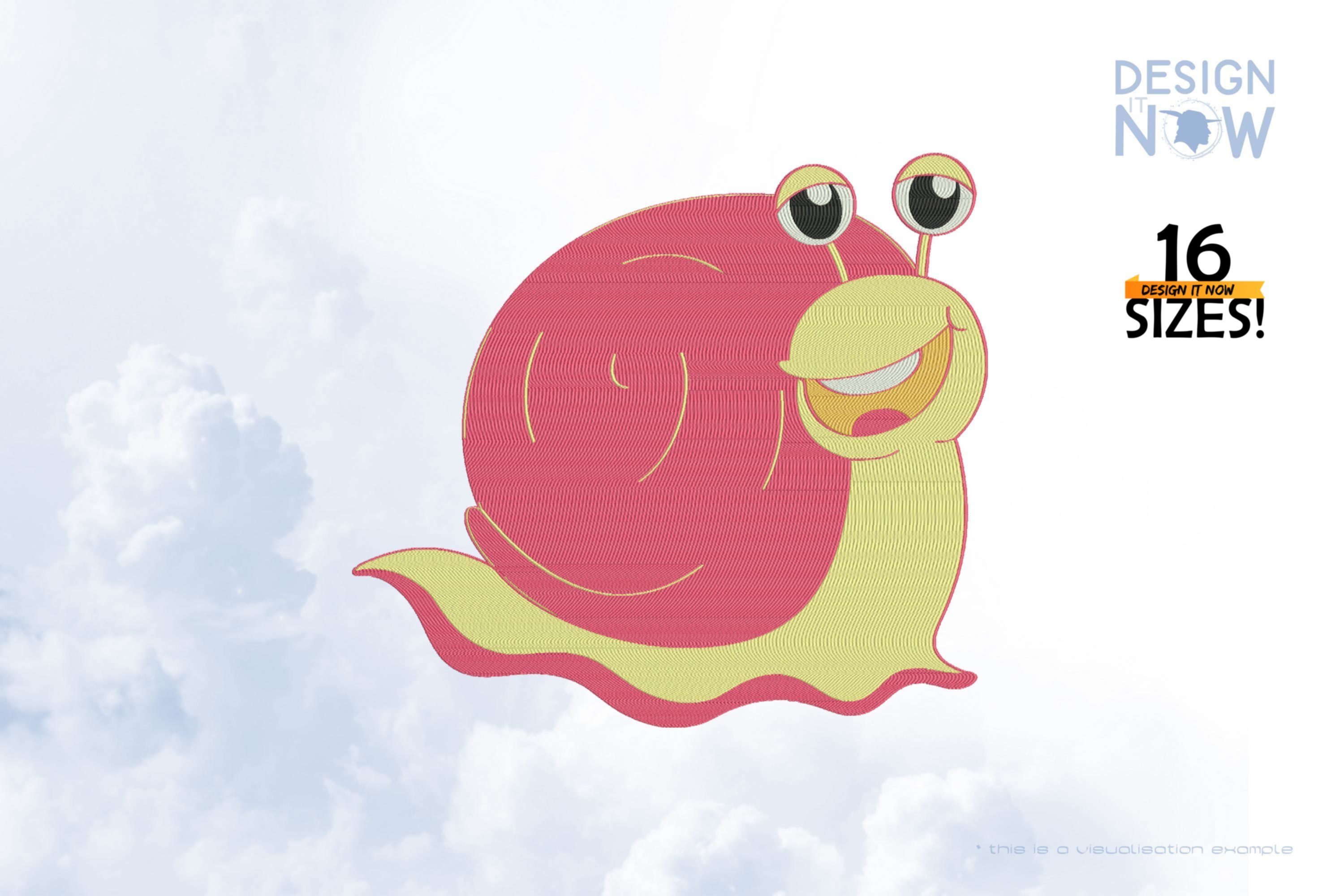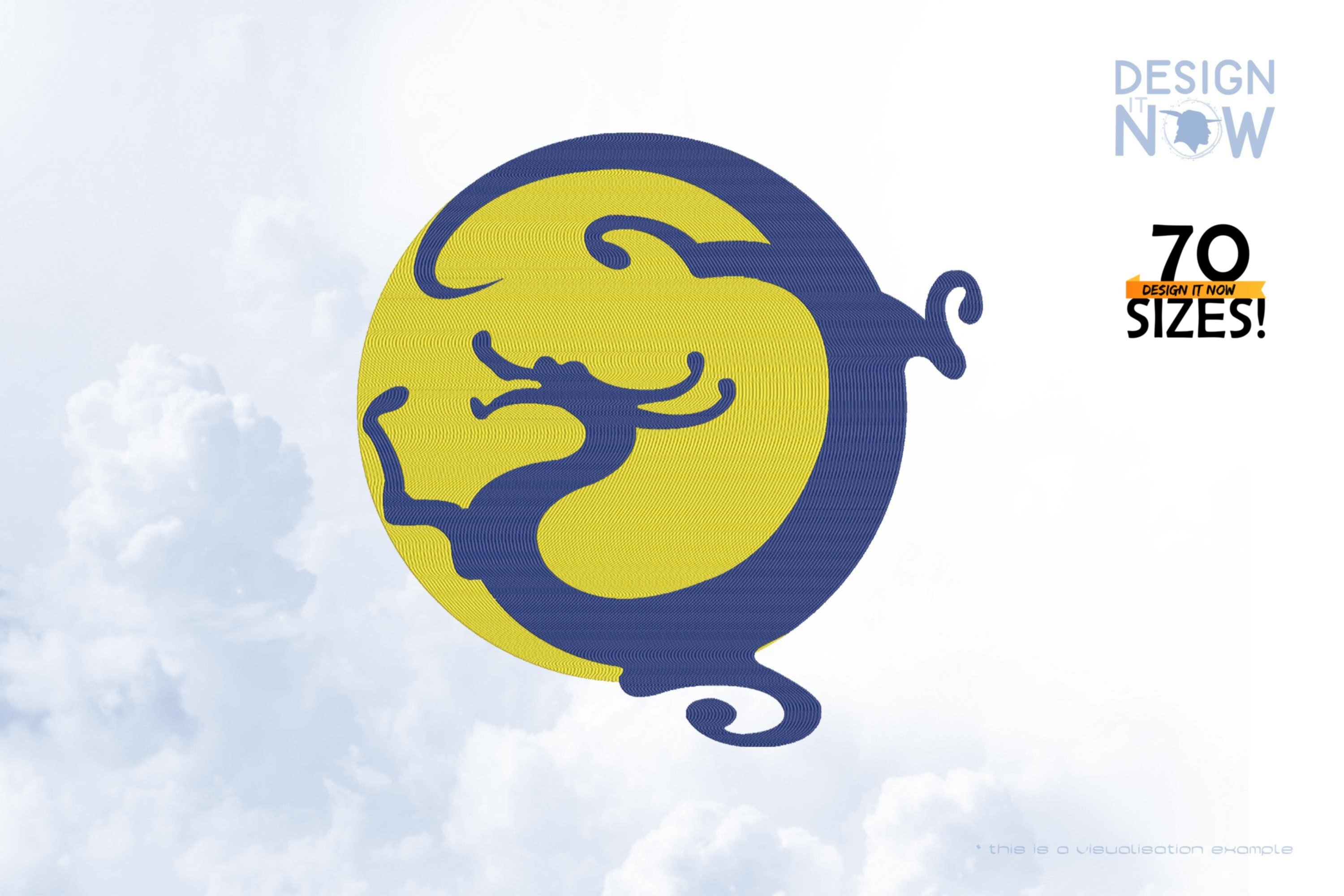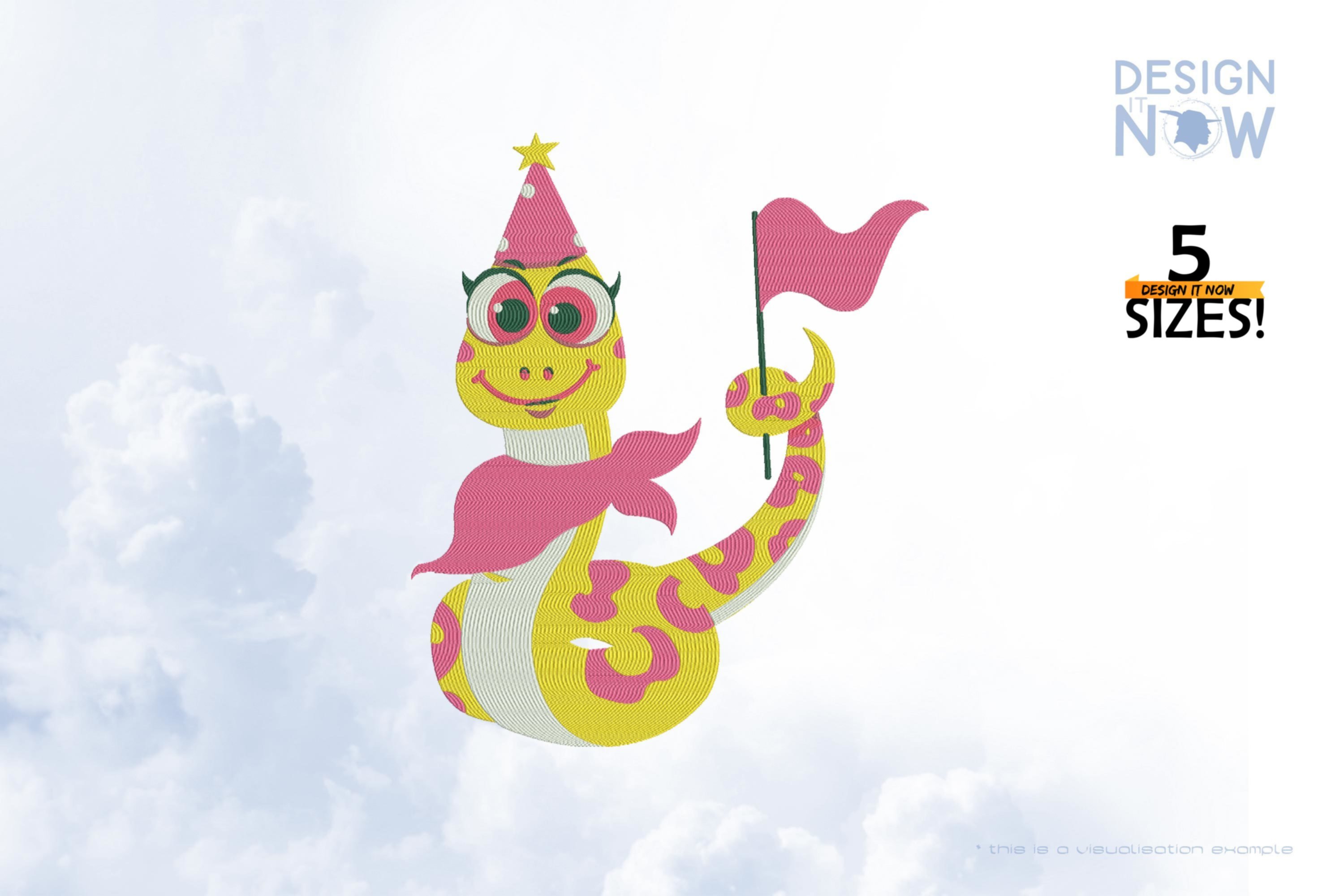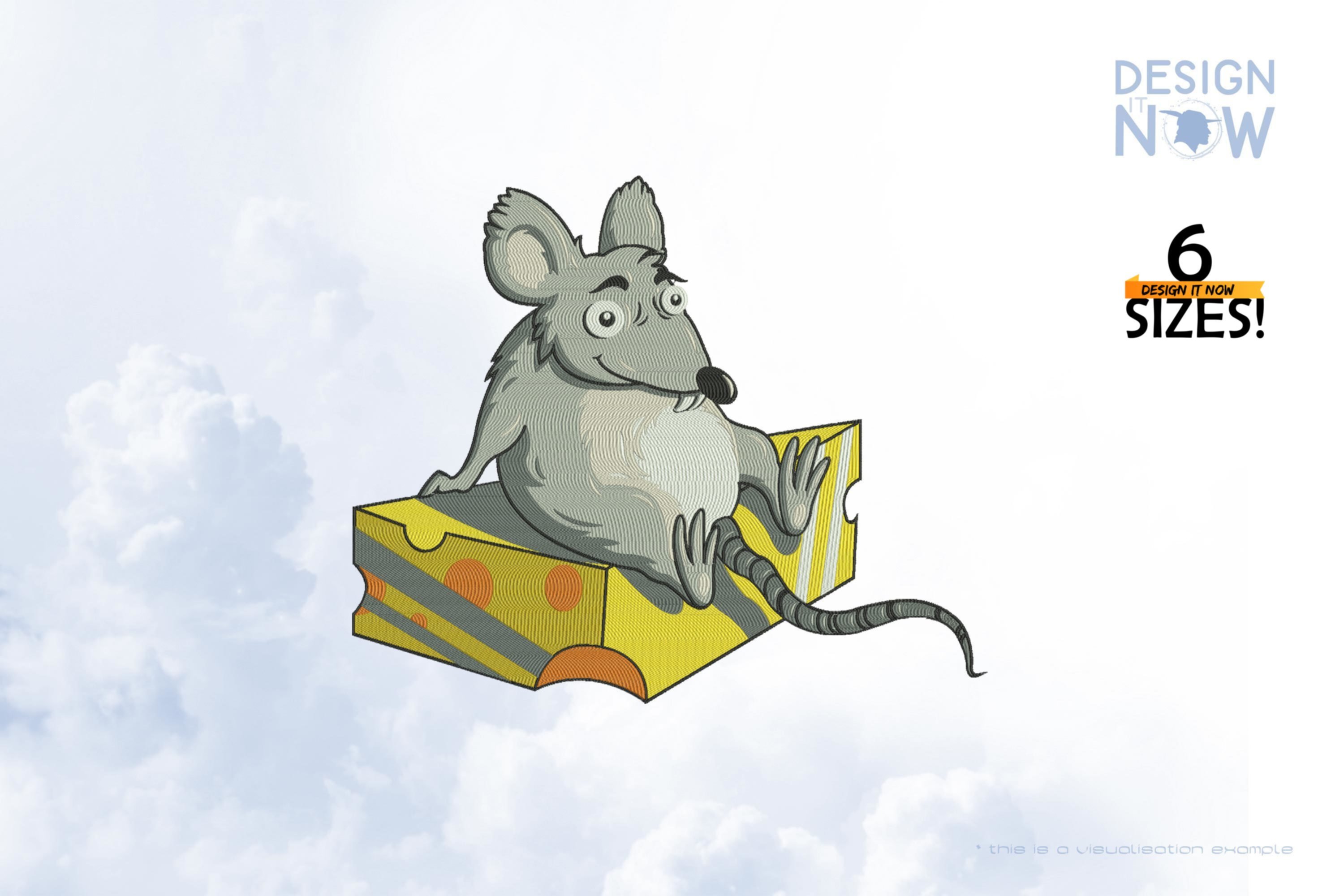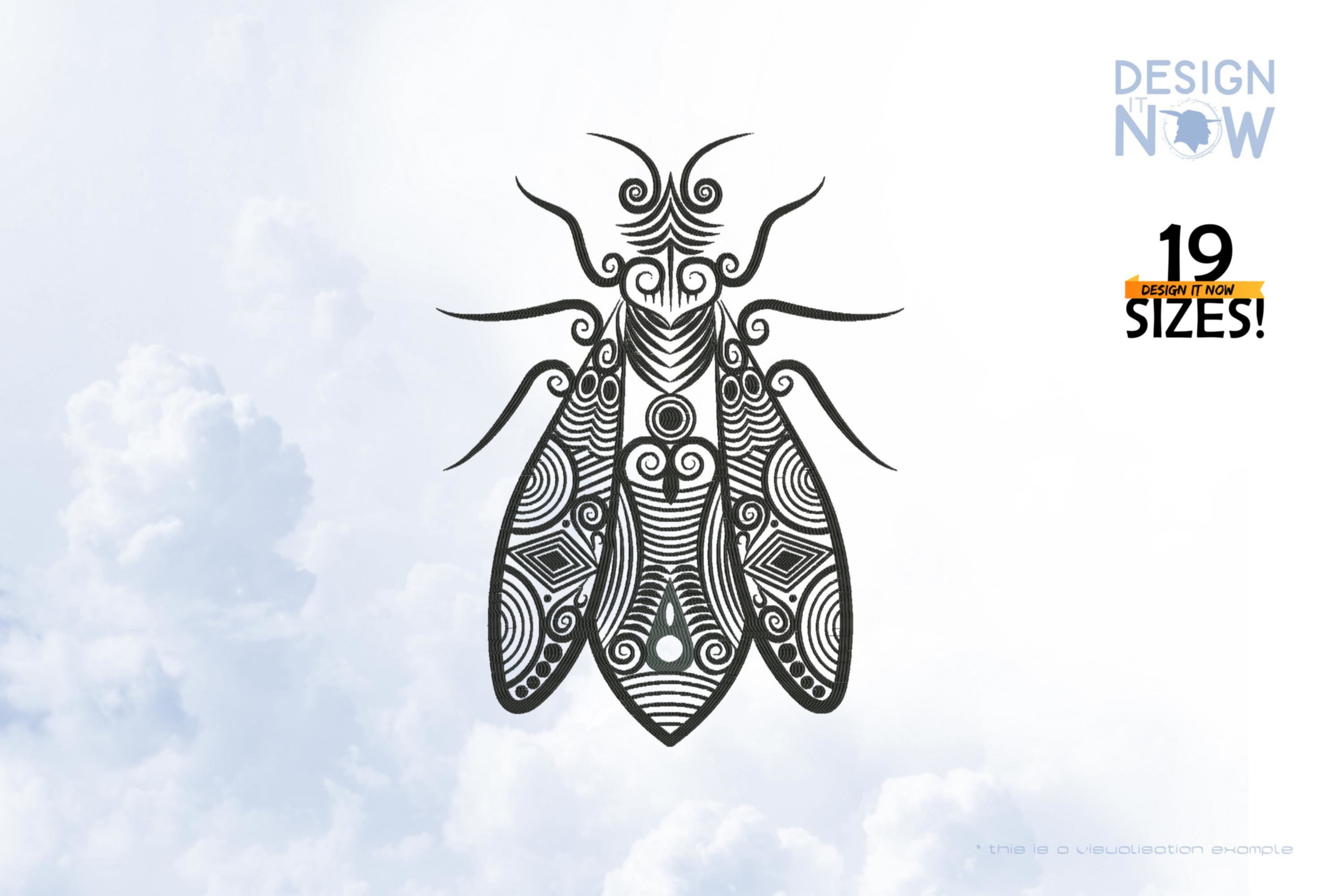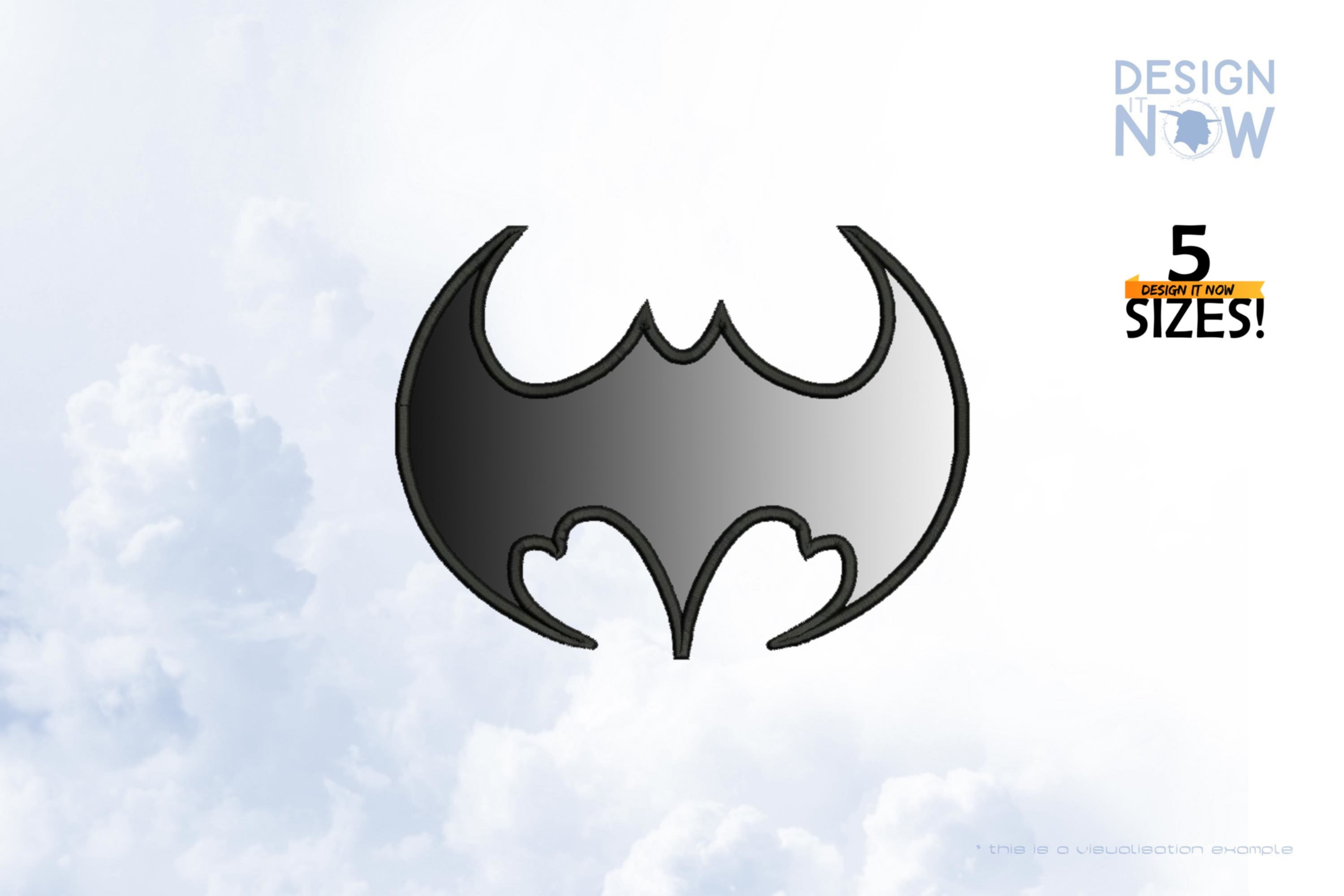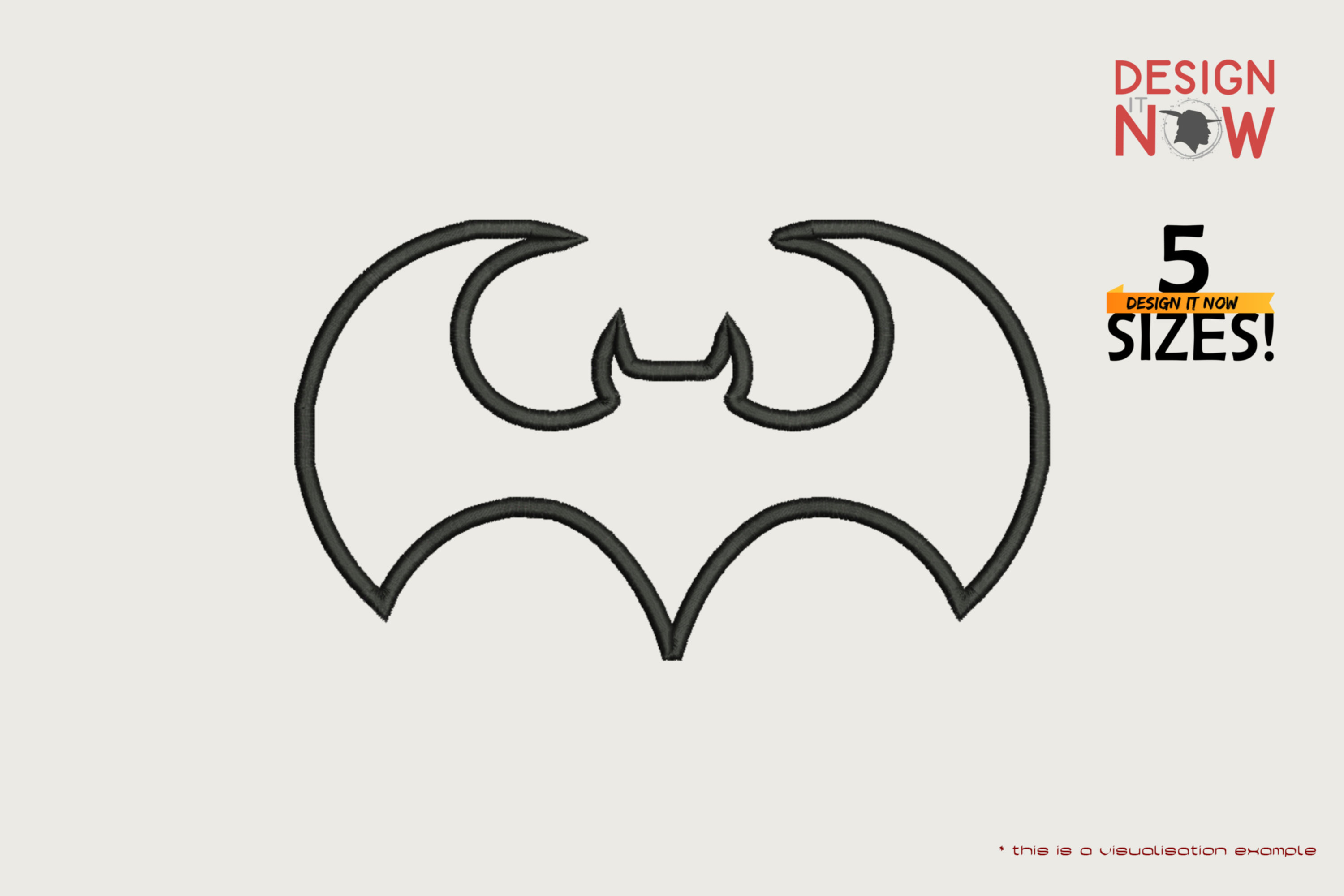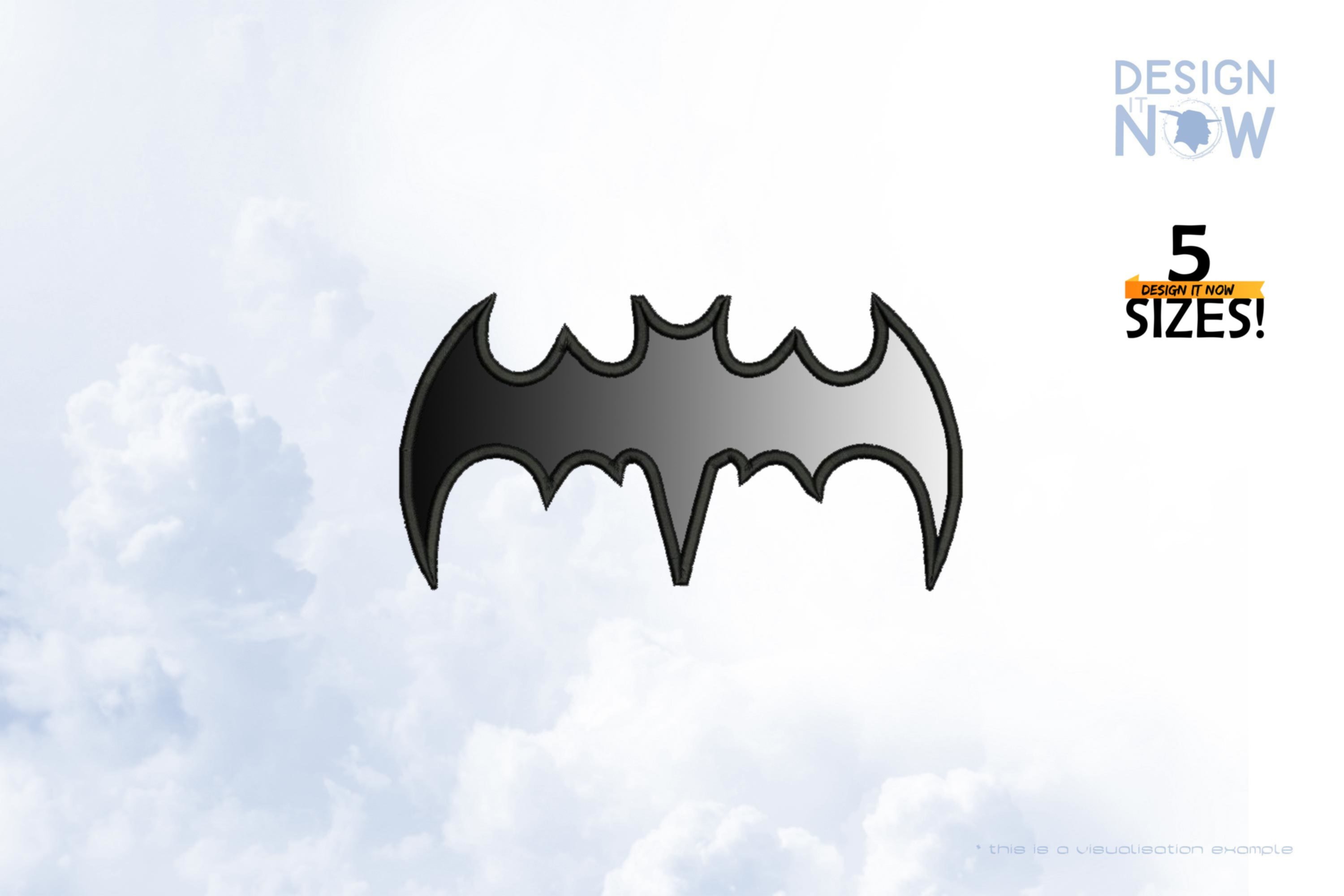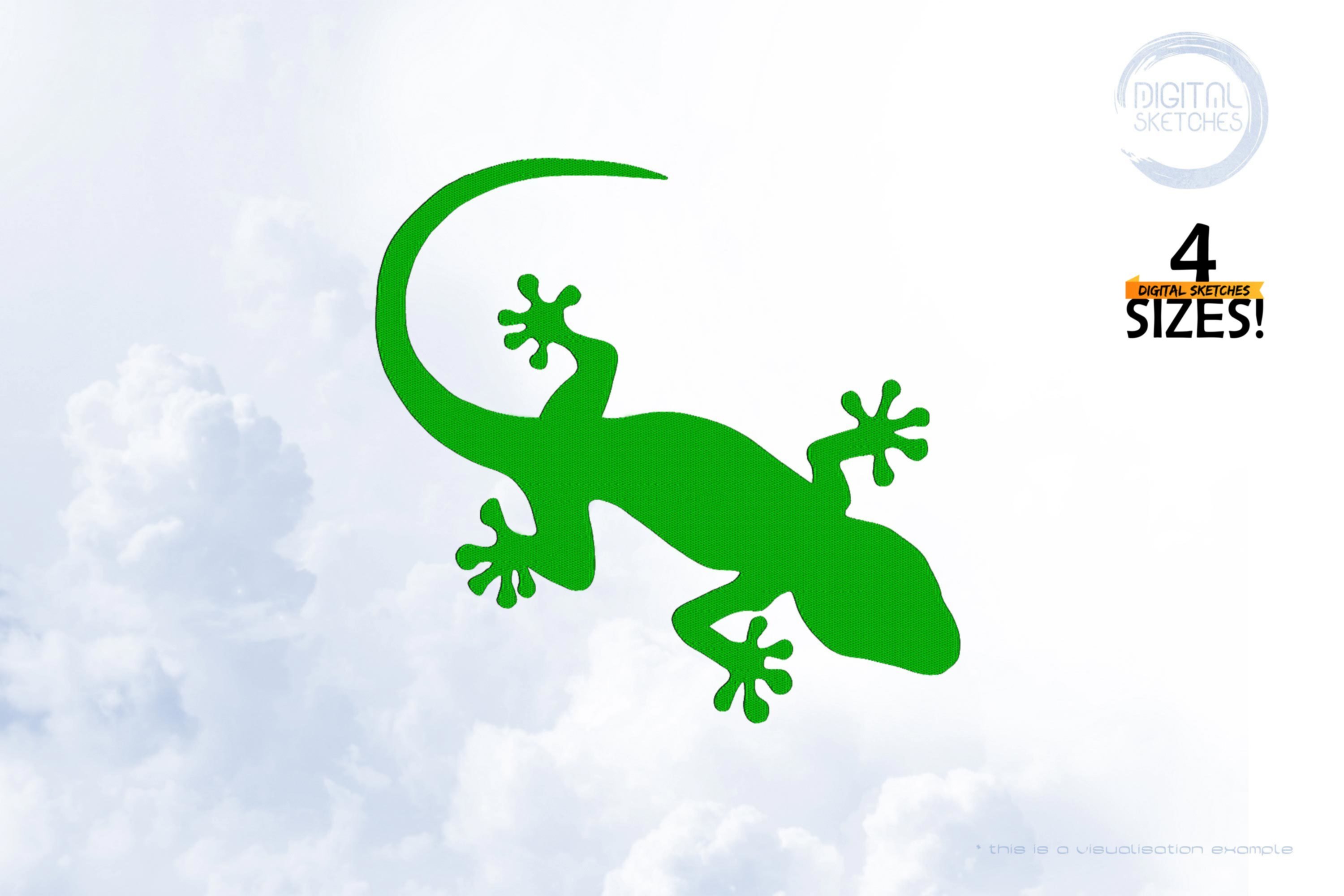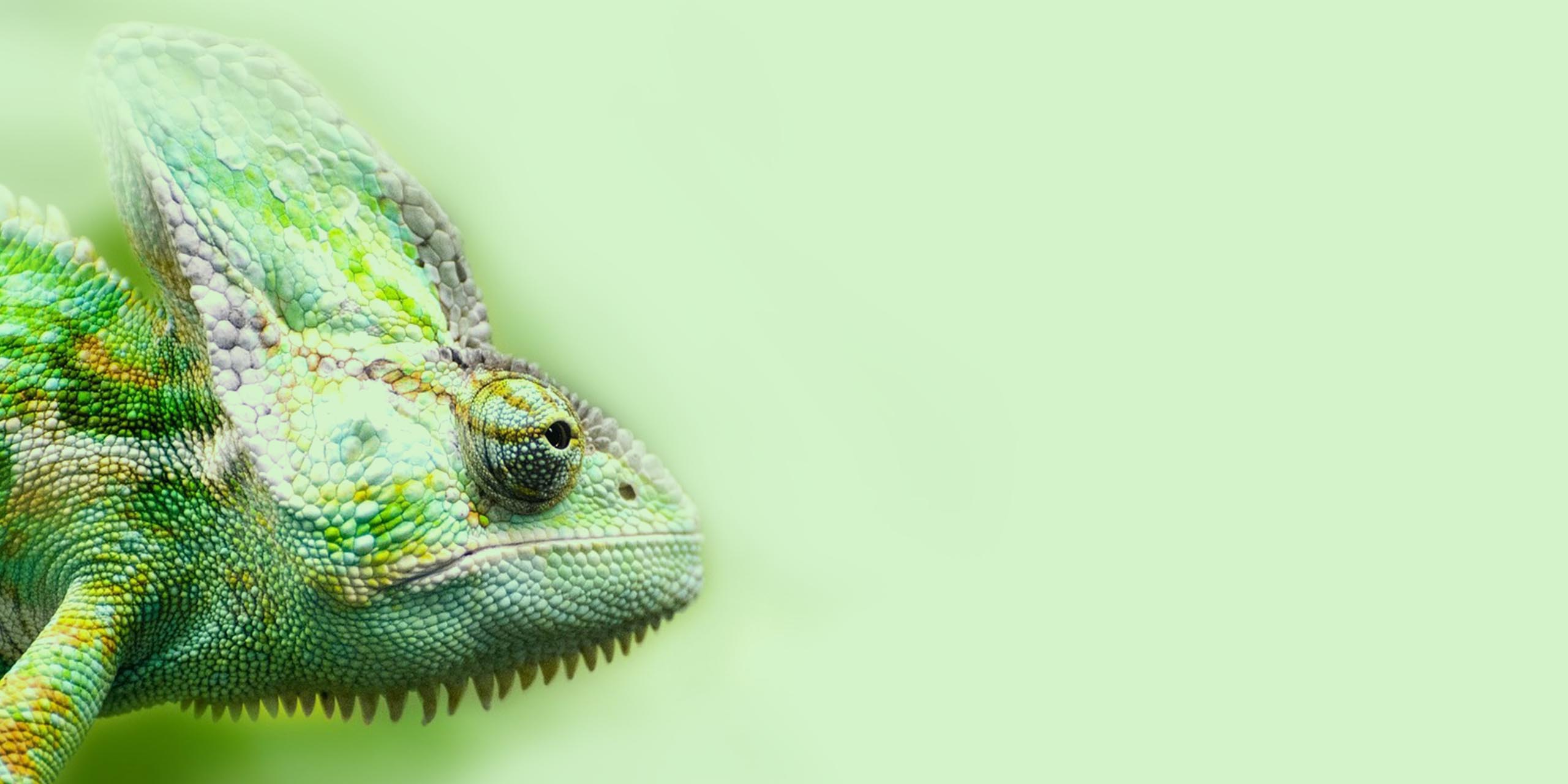
Insects / Reptiles / Rodents
Insects (Insecta), also called notch animals or notches, are the most species-rich class of the arthropods (Arthropoda) and at the same time with absolute majority also the most species-rich class of the animals at all. Almost one million insect species have been scientifically described to date (925,000 according to Grimaldi/Engel 2005, 865,000 according to Nielsen/Mound 1997). This means that more than 60 percent of all described animal species are insects. According to various extrapolations, however, one reckons with a multiple, whereby millions of undiscovered species are still suspected, especially in the tropical rainforests. The first fossil record of insects dates back to the Devonian period, about 400 million years ago.
Reptiles or creepy-crawlies (taxon: Reptilia, lat. reptilis "creeping") are a differently defined group of tetrapods, which - depending on the systematics (class or clade) - includes different groups of amniotes. In the traditional view, the reptiles (Reptilia) are a class of vertebrates at the transition from the "lower" (Anamnia) to the "higher" vertebrates (mammals and birds). However, the modern view is that they are not a natural group as such, but a paraphyletic taxon because they do not contain all the descendants of their last common ancestor. The classical taxon Reptilia is therefore considered obsolete and is rarely used in zoological and paleontological systematics. Today, the taxon name mostly serves as an informal collective term for terrestrial vertebrates with similar morphology and physiology (see Characteristics). In this sense, 11,440 recent reptile species are currently distinguished.
Rodents (Rodentia) are an order of mammals (Mammalia). With about 2500 to 2600 species they represent about 40% of all mammal species and are therefore by far the most species-rich order of this group. At the same time, they are the group with the most new descriptions within mammals; between 2000 and 2017, at least 248 species were newly described or newly established within the order. They have a nearly worldwide distribution and have colonized a variety of different habitats. Very few rodents are widespread as cultivars or pets, but these shape the picture of the entire group. Many species, on the other hand, are poorly studied and have a very restricted range.
- Machine Embroidery Designs
- Bags
- Printables
- Graphics
- Thread Color Mapping
- How-To's
Filter
–
%
Snail
Snails are a class of animals in the phylum Mollusca. It is the most species-rich of the eight recent classes of molluscs and the only one that has also produced land-living species. Most snails are aquatic, but there are also terrestrial species. In zoology, "snail" refers specifically to malacology. Product Number: N09726Product Name: Animal-03This design comes with the following sizes:Size: 6.06"(w) X 5.48"(h) (153.8mm X 139.2mm) Size: 6.09"(w) X 5.51"(h) (154.8mm X 140.0mm) Size: 6.13"(w) X 5.55"(h) (155.8mm X 141.0mm) Size: 6.49"(w) X 5.87"(h) (164.8mm X 149.0mm) Size: 6.61"(w) X 5.98"(h) (167.8mm X 151.8mm) Size: 7.12"(w) X 6.44"(h) (180.8mm X 163.6mm) Size: 7.16"(w) X 6.47"(h) (181.8mm X 164.4mm) Size: 7.87"(w) X 7.12"(h) (199.8mm X 180.8mm) Size: 8.61"(w) X 7.80"(h) (218.8mm X 198.0mm) Size: 8.65"(w) X 7.83"(h) (219.8mm X 198.8mm) Size: 8.81"(w) X 7.97"(h) (223.8mm X 202.4mm) Size: 9.68"(w) X 8.75"(h) (245.8mm X 222.2mm) Size: 10.90"(w) X 9.86"(h) (276.8mm X 250.4mm) Size: 12.98"(w) X 11.74"(h) (329.8mm X 298.2mm) Size: 13.77"(w) X 12.46"(h) (349.8mm X 316.4mm)The following formats are included in the file you will receive: .DST .EXP .JEF .PES .VP3 .XXX .PEC .U01You MUST have an embroidery machine and the software needed to transfer it from your computer to the machine to use this file. This listing is for the machine file only - not a finished item.Snail Machine Embroidery Design, Zoology Embroidery Pattern, Embroidery Art, DIY Project Ideas, Beautiful Digital Supplies For Embroidery Machines
US$1.10* US$4.40* (75% saved)
%
Dragon Circle Symbol
A dragon (Latin draco, Ancient Greek drakōn, "snake"; actually: "the staring one" or "sharp-eyed animal) among the Greeks and Romans the name for any non-poisonous larger snake species) is a serpent-like hybrid creature of mythology, in which characteristics of reptiles, birds and predators are combined in different variations. It is scaled in most myths, has two hind legs, two front legs, two wings (thus six limbs), and a long tail. It is said to have the ability to breathe fire. The dragon is known as a mythical creature from myths, legends and fairy tales of many cultures; until modern times, it was considered to be a real existing animal. In oriental and western creation myths, the dragon is a symbol of chaos, a monster hostile to God and man that holds back the fruit-bearing waters and threatens to devour the sun and moon. It must be overcome and killed by a hero or deity in battle so that the world can come into being or continue to exist (dragon slayer). In contrast, the East Asian dragon is a conflicting creature with predominantly positive qualities: rain and good luck bringer and symbol of fertility and imperial power.Product Number: N08987Product Name: Symbol-XVIII This design comes with the following sizes:Size: 5.23"(w) X 5.13"(h) (132.8mm X 130.4mm) Size: 5.31"(w) X 5.21"(h) (134.8mm X 132.4mm) Size: 5.35"(w) X 5.25"(h) (135.8mm X 133.4mm)Size: 5.39"(w) X 5.29"(h) (136.8mm X 134.4mm) Size: 5.43"(w) X 5.33"(h) (137.8mm X 135.4mm) Size: 5.46"(w) X 5.37"(h) (138.8mm X 136.4mm) Size: 5.50"(w) X 5.41"(h) (139.8mm X 137.4mm) Size: 5.54"(w) X 5.44"(h) (140.6mm X 138.2mm) Size: 5.58"(w) X 5.48"(h) (141.8mm X 139.2mm) Size: 5.62"(w) X 5.52"(h) (142.8mm X 140.2mm) Size: 5.70"(w) X 5.60"(h) (144.8mm X 142.2mm) Size: 5.74"(w) X 5.64"(h) (145.8mm X 143.2mm) Size: 5.77"(w) X 5.68"(h) (146.6mm X 144.2mm) Size: 5.82"(w) X 5.72"(h) (147.8mm X 145.2mm) Size: 5.90"(w) X 5.80"(h) (149.8mm X 147.2mm) Size: 5.94"(w) X 5.83"(h) (150.8mm X 148.2mm) Size: 5.98"(w) X 5.87"(h) (151.8mm X 149.2mm) Size: 6.01"(w) X 5.91"(h) (152.6mm X 150.0mm) Size: 6.06"(w) X 5.94"(h) (153.8mm X 151.0mm) Size: 6.09"(w) X 5.98"(h) (154.8mm X 152.0mm) Size: 6.13"(w) X 6.02"(h) (155.8mm X 153.0mm) Size: 6.25"(w) X 6.14"(h) (158.8mm X 156.0mm) Size: 6.37"(w) X 6.26"(h) (161.8mm X 159.0mm) Size: 6.49"(w) X 6.37"(h) (164.8mm X 161.8mm) Size: 6.53"(w) X 6.41"(h) (165.8mm X 162.8mm) Size: 6.57"(w) X 6.45"(h) (166.8mm X 163.8mm) Size: 6.65"(w) X 6.53"(h) (168.8mm X 165.8mm) Size: 6.72"(w) X 6.61"(h) (170.8mm X 167.8mm) Size: 6.76"(w) X 6.65"(h) (171.8mm X 168.8mm) Size: 6.80"(w) X 6.69"(h) (172.8mm X 169.8mm) Size: 6.84"(w) X 6.72"(h) (173.8mm X 170.8mm) Size: 6.87"(w) X 6.76"(h) (174.6mm X 171.6mm) Size: 6.96"(w) X 6.83"(h) (176.8mm X 173.6mm) Size: 7.00"(w) X 6.87"(h) (177.8mm X 174.6mm) Size: 7.08"(w) X 6.95"(h) (179.8mm X 176.6mm) Size: 7.15"(w) X 7.03"(h) (181.6mm X 178.6mm) Size: 7.20"(w) X 7.07"(h) (182.8mm X 179.6mm) Size: 7.24"(w) X 7.11"(h) (183.8mm X 180.6mm) Size: 7.28"(w) X 7.15"(h) (184.8mm X 181.6mm) Size: 7.39"(w) X 7.26"(h) (187.6mm X 184.4mm) Size: 7.58"(w) X 7.46"(h) (192.6mm X 189.4mm) Size: 7.62"(w) X 7.50"(h) (193.6mm X 190.4mm) Size: 7.67"(w) X 7.54"(h) (194.8mm X 191.4mm) Size: 7.71"(w) X 7.57"(h) (195.8mm X 192.4mm) Size: 7.86"(w) X 7.72"(h) (199.6mm X 196.2mm) Size: 7.94"(w) X 7.80"(h) (201.8mm X 198.2mm) Size: 7.98"(w) X 7.84"(h) (202.6mm X 199.2mm) Size: 8.02"(w) X 7.88"(h) (203.6mm X 200.2mm) Size: 8.14"(w) X 8.00"(h) (206.8mm X 203.2mm)Size: 8.21"(w) X 8.07"(h) (208.6mm X 205.0mm) Size: 8.34"(w) X 8.19"(h) (211.8mm X 208.0mm) Size: 8.38"(w) X 8.23"(h) (212.8mm X 209.0mm) Size: 8.42"(w) X 8.27"(h) (213.8mm X 210.0mm) Size: 8.85"(w) X 8.69"(h) (224.8mm X 220.8mm) Size: 8.92"(w) X 8.77"(h) (226.6mm X 222.8mm) Size: 8.96"(w) X 8.81"(h) (227.6mm X 223.8mm) Size: 9.31"(w) X 9.16"(h) (236.6mm X 232.6mm) Size: 9.52"(w) X 9.35"(h) (241.8mm X 237.6mm) Size: 9.83"(w) X 9.66"(h) (249.6mm X 245.4mm) Size: 10.02"(w) X 9.85"(h) (254.6mm X 250.2mm) Size: 10.34"(w) X 10.17"(h) (262.6mm X 258.2mm) Size: 10.42"(w) X 10.24"(h) (264.6mm X 260.0mm) Size: 10.65"(w) X 10.47"(h) (270.6mm X 266.0mm) Size: 10.85"(w) X 10.67"(h) (275.6mm X 271.0mm) Size: 10.93"(w) X 10.74"(h) (277.6mm X 272.8mm) Size: 12.58"(w) X 12.37"(h) (319.6mm X 314.2mm) Size: 12.74"(w) X 12.52"(h) (323.6mm X 318.0mm) Size: 12.90"(w) X 12.68"(h) (327.6mm X 322.0mm) Size: 12.98"(w) X 12.76"(h) (329.6mm X 324.0mm) Size: 14.16"(w) X 13.91"(h) (359.6mm X 353.4mm)The following formats are included in the file you will receive: .DST .EXP .JEF .PES .VP3 .XXX .PEC .U01You MUST have an embroidery machine and the software needed to transfer it from your computer to the machine to use this file. This listing is for the machine file only - not a finished item.Dragon Circle Symbol Machine Embroidery Design, Draco Embroidery Pattern, Snake Embroidery Art, Creature Of Mythology, Myths And Legends Animals DIY Project Ideas, Beautiful Digital Supplies For Embroidery Machines
US$1.10* US$4.40* (75% saved)
%
Dragonfly Ornament
The large dragonflies (Anisoptera) are a suborder of dragonflies and include about 2800 species worldwide, which are divided into eleven families. Large dragonflies are often very skillful and persistent flyers. They can move both pairs of wings independently, perform very fast turns, sometimes even fly backwards. There are also migratory species among the damselflies, which regularly cover very long distances. Product Number: N11095Product Name: Abstract-Dragon-00001018This design comes with the following sizes:Size: 7.20"(w) X 4.83"(h) (182.8mm X 122.6mm) Size: 7.39"(w) X 4.96"(h) (187.8mm X 126.0mm) Size: 7.47"(w) X 5.01"(h) (189.8mm X 127.2mm) Size: 7.55"(w) X 5.06"(h) (191.8mm X 128.6mm) Size: 7.91"(w) X 5.30"(h) (200.8mm X 134.6mm) Size: 7.94"(w) X 5.33"(h) (201.8mm X 135.4mm) Size: 8.30"(w) X 5.57"(h) (210.8mm X 141.4mm) Size: 8.46"(w) X 5.67"(h) (214.8mm X 144.0mm) Size: 8.65"(w) X 5.80"(h) (219.8mm X 147.4mm) Size: 8.97"(w) X 6.02"(h) (227.8mm X 152.8mm) Size: 9.20"(w) X 6.17"(h) (233.8mm X 156.8mm) Size: 9.32"(w) X 6.25"(h) (236.8mm X 158.8mm) Size: 9.36"(w) X 6.28"(h) (237.8mm X 159.4mm) Size: 9.40"(w) X 6.31"(h) (238.8mm X 160.2mm) Size: 10.23"(w) X 6.86"(h) (259.8mm X 174.2mm) Size: 10.35"(w) X 6.94"(h) (262.8mm X 176.2mm) Size: 10.50"(w) X 7.05"(h) (266.8mm X 179.0mm) Size: 10.94"(w) X 7.33"(h) (277.8mm X 186.2mm) Size: 12.75"(w) X 8.55"(h) (323.8mm X 217.2mm) Size: 14.87"(w) X 9.98"(h) (377.8mm X 253.4mm)The following formats are included in the file you will receive: .DST .EXP .JEF .PES .VP3 .XXX .PEC .U01You MUST have an embroidery machine and the software needed to transfer it from your computer to the machine to use this file. This listing is for the machine file only - not a finished item.Dragonfly Ornament Machine Embroidery Design, Anisoptera Embroidery Pattern, Embroidery Art, DIY Project Ideas, Beautiful Digital Supplies For Embroidery Machines
US$1.10* US$4.40* (75% saved)
%
Cute Snake Serpent
Snakes, also known as serpents, are an order of footless animals that are generally elusive and avoid humans. They are evolutionarily very old and have conquered almost all habitats on earth. There are many different types of snakes, including venomous and non-venomous snakes, as well as those that are considered sacred or unholy in different regions.Product Number: N10545Product Name: AbstractAnimal-00001001This design comes with the following sizes:Size: 6.72"(w) X 7.97"(h) (170.8mm X 202.4mm) Size: 8.02"(w) X 9.51"(h) (203.6mm X 241.6mm) Size: 8.08"(w) X 9.58"(h) (205.2mm X 243.4mm) Size: 9.14"(w) X 10.85"(h) (232.2mm X 275.6mm) Size: 10.24"(w) X 12.14"(h) (260.0mm X 308.4mm)The following formats are included in the file you will receive: .DST .EXP .JEF .PES .VP3 .XXX .PEC .U01You MUST have an embroidery machine and the software needed to transfer it from your computer to the machine to use this file. This listing is for the machine file only - not a finished item.Cute Snake Childrens Birthday Style Machine Embroidery Design, Embroidery Pattern, Embroidery Art, DIY Project Ideas, Beautiful Digital Supplies For Embroidery Machines
US$1.10* US$4.40* (75% saved)
%
Mouse With Cheese
The mouse (Mus) is a rodent genus from the group of Old World mice (Murinae). The genus comprises just under 40 species, of which the house mouse is the best known and most widespread. Most of the other species live in Africa and in South and Southeast Asia. Mouse length ranges from 4.5 to 12.5 centimetres, with a tail of 3 to 11 centimetres. The weight, as far as is known, is between 12 and 35 grams. The coat is soft, rough or spiky, depending on the species, its colouration ranges from light grey to various shades of grey and brown to blackish brown on the upper side, the underside is lighter. The tail appears hairless but is covered with fine hairs. The original range apparently included Africa, southern Europe and large parts of southern and south-eastern Asia. In the wake of humans, the house mouse has gained a worldwide distribution and is the only species to also live in America and Australia. Mice occur in a variety of habitats, including forests, savannas, grasslands and rocky areas. However, some species have become so specialised in their role as cultural predators that they are usually found near human dwellings. In addition to the house mouse, this is true for the African dwarf mouse, and to a limited extent also for the rice field mouse and the dunnock. The wild species are predominantly nocturnal, whereas the cultivated species can be active at any time of the day or night. They are mainly ground dwellers, but can climb well and - at least in the case of the house mouse - also swim. Their resting places are crevices in rocks, burrows they have dug themselves or man-made shelters. Mice feed on a variety of plant materials, such as seeds, roots, leaves and stems. Some species also eat insects and other small animals when available. The culture-following species eat any available human food.Product Number: N10455Product Name: Animal-1This design comes with the following sizes:Size: 7.91"(w) X 6.57"(h) (200.8mm X 167.0mm) Size: 8.10"(w) X 6.73"(h) (205.8mm X 171.0mm) Size: 8.26"(w) X 6.87"(h) (209.8mm X 174.4mm) Size: 8.50"(w) X 7.06"(h) (215.8mm X 179.4mm) Size: 8.61"(w) X 7.16"(h) (218.6mm X 181.8mm) Size: 14.17"(w) X 11.78"(h) (359.8mm X 299.2mm)The following formats are included in the file you will receive: .DST .EXP .JEF .PES .VP3 .XXX .PEC .U01You MUST have an embroidery machine and the software needed to transfer it from your computer to the machine to use this file. This listing is for the machine file only - not a finished item.Cheese Mouse Machine Embroidery Design, Mouse Mice Embroidery Pattern, Rodent Genus Designs, Small Animals Embroidery Art, DIY Project Idea, Unique Digital Supplies For Embroidery Machines
US$1.10* US$4.40* (75% saved)
%
Dragon Symbol
A dragon (Latin draco, Ancient Greek drakōn, "snake"; actually: "the staring one" or "sharp-eyed animal) among the Greeks and Romans the name for any non-poisonous larger snake species) is a serpent-like hybrid creature of mythology, in which characteristics of reptiles, birds and predators are combined in different variations. It is scaled in most myths, has two hind legs, two front legs, two wings (thus six limbs), and a long tail. It is said to have the ability to breathe fire. The dragon is known as a mythical creature from myths, legends and fairy tales of many cultures; until modern times, it was considered to be a real existing animal. In oriental and western creation myths, the dragon is a symbol of chaos, a monster hostile to God and man that holds back the fruit-bearing waters and threatens to devour the sun and moon. It must be overcome and killed by a hero or deity in battle so that the world can come into being or continue to exist (dragon slayer). In contrast, the East Asian dragon is a conflicting creature with predominantly positive qualities: rain and good luck bringer and symbol of fertility and imperial power.Product Number: N03615Product Name: DragonThis design comes with the following sizes:Size: 5.19"(w) X 6.69"(h) (131.9 X 170.0mm)Size: 6.10"(w) X 7.87"(h) (154.9 X 199.9mm)The following formats are included in the file you will receive: .DST .EXP .JEF .PES .VP3 .XXX .VIP .HUSYou MUST have an embroidery machine and the software needed to transfer it from your computer to the machine to use this file. This listing is for the machine file only - not a finished item.Dragon Machine Embroidery Design, Draco Embroidery Pattern, Snake Embroidery Art, Creature Of Mythology, Myths And Legends Animals DIY Project Ideas, Beautiful Digital Supplies For Embroidery Machines
US$1.10* US$4.40* (75% saved)
%
Insect Ornament
Insects (Insecta), also called notch animals or Kerfe, are the most species-rich class of the arthropods (Arthropoda) and at the same time with absolute majority also the species-richest class of the animals at all. Almost one million insect species have been scientifically described to date (925,000 according to Grimaldi/Engel 2005, 865,000 according to Nielsen/Mound 1997). This means that more than 60 percent of all described animal species are insects. According to different extrapolations, however, one reckons with a multiple, whereby above all in the tropical rain forests still millions of undiscovered species are assumed. The first fossil record of insects dates back to the Devonian period, about 400 million years ago.The word "insect" (from Latin īnsectum "incised") was adopted as a foreign word in the 18th century and thus means "incised (animal)," referring to the strongly separated body parts. It is a loan translation of ancient Greek éntoma zōa, German 'insects, notched animals' (literally 'incised (animals); to entémnein, German 'to incise'), which is included in entomology (entomology). In the past, the scientific name Hexapoda (Greek for 'six-footed') was also used, which is now reserved for a higher-level group.It is mainly the insect species that are useful to humans, such as the honey bee and other species living in their immediate environment, that have found their way into human culture. The most famous treatment of the insect motif in literature is Maya the Bee and Her Adventures by Waldemar Bonsels. In music, the Mexican folk song La Cucaracha and Der Hummelflug are particularly popular. The latter also found its way into heavy metal via the band Manowar. In Germany, the nursery rhyme "May Beetle Fly!" has long been a cultural staple.Product Number: N11094Product Name: Abstract-Insects-00001002This design comes with the following sizes:Size: 5.99"(w) X 7.90"(h) (152.2mm X 200.6mm) Size: 6.13"(w) X 8.06"(h) (155.6mm X 204.6mm) Size: 6.17"(w) X 8.09"(h) (156.8mm X 205.6mm) Size: 6.21"(w) X 8.17"(h) (157.8mm X 207.6mm) Size: 6.32"(w) X 8.29"(h) (160.6mm X 210.6mm) Size: 6.43"(w) X 8.45"(h) (163.2mm X 214.6mm) Size: 6.49"(w) X 8.53"(h) (164.8mm X 216.6mm) Size: 6.55"(w) X 8.61"(h) (166.4mm X 218.6mm) Size: 6.57"(w) X 8.65"(h) (167.0mm X 219.6mm) Size: 6.82"(w) X 8.96"(h) (173.2mm X 227.6mm) Size: 6.95"(w) X 9.12"(h) (176.6mm X 231.6mm) Size: 7.01"(w) X 9.19"(h) (178.0mm X 233.4mm) Size: 7.15"(w) X 9.39"(h) (181.6mm X 238.4mm) Size: 7.17"(w) X 9.43"(h) (182.0mm X 239.6mm) Size: 7.47"(w) X 9.82"(h) (189.8mm X 249.4mm) Size: 7.73"(w) X 10.13"(h) (196.4mm X 257.4mm) Size: 7.78"(w) X 10.21"(h) (197.6mm X 259.4mm) Size: 7.88"(w) X 10.33"(h) (200.2mm X 262.4mm) Size: 10.48"(w) X 13.75"(h) (266.2mm X 349.2mm)The following formats are included in the file you will receive: .DST .EXP .JEF .PES .VP3 .XXX .PEC .U01You MUST have an embroidery machine and the software needed to transfer it from your computer to the machine to use this file. This listing is for the machine file only - not a finished item.Ornament Insect Machine Embroidery Design, Embroidery Art, DIY Project Idea, Unique Digital Supplies For Embroidery Machines
US$1.10* US$4.40* (75% saved)
%
Salamander Ornament
Geckos (Gekkonidae) are a family of pangolins (Squamata). Lizards have inhabited the earth for about 50 million years and have spread worldwide in the course of their evolution. Thanks to their excellent adaptability, geckos have conquered a wide variety of habitats and can be found both in the temperate zones and in the deserts of the earth, but especially in the tropics. There they have brought it to a great diversity of species. Geckos are small to medium-sized lizards, which can grow between 1.6 cm (Sphaerodactylus ariasae) and almost 40 cm. The Kawekaweau gecko (Hoplodactylus delcourti), which probably originated in New Zealand and probably became extinct in the late 19th century, even reached a body length of about 60 cm. The Rodrigues giant gecko (Phelsuma gigas), which became extinct around 1840, was similarly large. About three quarters of the gecko species are crepuscular or nocturnal animals with a correspondingly inconspicuous coloration and a slit pupil adapted to the nocturnal activity. The helmeted gecko (Tarentola chazaliae) is the only vertebrate species known to recognize colors at night. Geckos owe this characteristic to their extremely light-sensitive eyes. The cones of the helmet gecko's retina are about 350 times more sensitive to light than those of human eyes at dusk. Sometimes the shy nocturnal and usually very nimble animals sunbathe in the early twilight or during the day, as most members of the genus day geckos like to do. The latter, unlike their nocturnal relatives, are more conspicuously colored and have a round pupil. Another subdivision among geckos relates to their toes. A rough subdivision can be made into lamellate geckos and clawed geckos.Product Number: N11091Product Name: Animals-Salamander-00001000This design comes with the following sizes:Size: 5.83"(w) X 6.21"(h) (148.0mm X 157.8mm) Size: 5.91"(w) X 6.29"(h) (150.0mm X 159.8mm) Size: 5.94"(w) X 6.33"(h) (150.8mm X 160.8mm) Size: 6.02"(w) X 6.41"(h) (152.8mm X 162.8mm) Size: 6.13"(w) X 6.53"(h) (155.6mm X 165.8mm) Size: 6.24"(w) X 6.65"(h) (158.4mm X 168.8mm) Size: 6.46"(w) X 6.88"(h) (164.0mm X 174.8mm) Size: 6.57"(w) X 7.00"(h) (166.8mm X 177.8mm) Size: 6.76"(w) X 7.20"(h) (171.6mm X 182.8mm) Size: 6.79"(w) X 7.24"(h) (172.4mm X 183.8mm) Size: 7.05"(w) X 7.51"(h) (179.0mm X 190.8mm) Size: 7.13"(w) X 7.59"(h) (181.0mm X 192.8mm) Size: 7.16"(w) X 7.63"(h) (181.8mm X 193.8mm) Size: 7.68"(w) X 8.18"(h) (195.0mm X 207.8mm) Size: 7.75"(w) X 8.26"(h) (196.8mm X 209.8mm) Size: 7.79"(w) X 8.30"(h) (197.8mm X 210.8mm) Size: 8.09"(w) X 8.61"(h) (205.4mm X 218.8mm) Size: 8.31"(w) X 8.85"(h) (211.0mm X 224.8mm) Size: 8.38"(w) X 8.93"(h) (212.8mm X 226.8mm) Size: 9.16"(w) X 9.76"(h) (232.6mm X 247.8mm) Size: 9.71"(w) X 10.35"(h) (246.6mm X 262.8mm) Size: 9.97"(w) X 10.62"(h) (253.2mm X 269.8mm) Size: 10.89"(w) X 11.61"(h) (276.6mm X 294.8mm) Size: 11.08"(w) X 11.80"(h) (281.4mm X 299.8mm) Size: 11.85"(w) X 12.63"(h) (301.0mm X 320.8mm) Size: 12.92"(w) X 13.77"(h) (328.2mm X 349.8mm)The following formats are included in the file you will receive: .DST .EXP .JEF .PES .VP3 .XXX .PEC .U01You MUST have an embroidery machine and the software needed to transfer it from your computer to the machine to use this file. This listing is for the machine file only - not a finished item. Salamander Gecko Ornament Machine Embroidery Design, Lizard Embroidery Pattern, Gekkonidae Designs, Salamander Embroidery Art, DIY Project Idea, Unique Digital Supplies For Embroidery Machines
US$1.10* US$4.40* (75% saved)
%
Bat Applique
A bat is a mammal that can fly and belongs to the group of bats. Bats have wings that span from the wrists to the ankles and stretch skins between the wrists and shoulders, between the fingers, and between the legs. They are the only mammals that can fly. Bats have dense fur, usually brown, gray, or almost black in color, and flying skin that stretches from their wrists to their ankles. They can live to a surprising age, 20 to 30 years. Bats are nocturnal and spend the day resting and sleeping in their hiding places, which can be tree or rock cavities, attics, or ruins. They feed mainly on insects, but also on fruit, birds, fish, or small bats.Product Number: A00291Product Name: BatThis design comes with the following sizes:Size: 3.98"(w) X 2.99"(h) (101.2 X 76.0mm) Size: 4.74"(w) X 3.59"(h) (120.4 X 91.2mm) Size: 5.53"(w) X 4.19"(h) (140.4 X 106.4mm) Size: 6.71"(w) X 5.08"(h) (170.4 X 129.0mm) Size: 7.85"(w) X 5.94"(h) (199.4 X 151.0mm) The following formats are included in the file you will receive: .DST .EXP .JEF .PES .VP3 .XXX .VIP .HUSYou MUST have an embroidery machine and the software needed to transfer it from your computer to the machine to use this file. This listing is for the machine file only - not a finished item.Bat Applique Machine Embroidery Design, Bats Embroidery Pattern, Flying Mammals Embroidery Art, DIY Project Ideas, Beautiful Digital Supplies For Embroidery Machines
US$1.10* US$4.40* (75% saved)
%
Bat
A bat is a mammal that can fly and belongs to the group of bats. Bats have wings that span from the wrists to the ankles and stretch skins between the wrists and shoulders, between the fingers, and between the legs. They are the only mammals that can fly. Bats have dense fur, usually brown, gray, or almost black in color, and flying skin that stretches from their wrists to their ankles. They can live to a surprising age, 20 to 30 years. Bats are nocturnal and spend the day resting and sleeping in their hiding places, which can be tree or rock cavities, attics, or ruins. They feed mainly on insects, but also on fruit, birds, fish, or small bats.Product Number: A00290Product Name: BatThis design comes with the following sizes:Size: 3.98"(w) X 2.31"(h) (101.2 X 58.8mm) Size: 4.74"(w) X 2.77"(h) (120.4 X 70.4mm) Size: 5.53"(w) X 3.24"(h) (140.4 X 82.2mm) Size: 6.71"(w) X 3.92"(h) (170.4 X 99.6mm) Size: 7.85"(w) X 4.59"(h) (199.4 X 116.6mm)The following formats are included in the file you will receive: .DST .EXP .JEF .PES .VP3 .XXX .VIP .HUSYou MUST have an embroidery machine and the software needed to transfer it from your computer to the machine to use this file. This listing is for the machine file only - not a finished item.Bat Applique Machine Embroidery Design, Bats Embroidery Pattern, Flying Mammals Embroidery Art, DIY Project Ideas, Beautiful Digital Supplies For Embroidery Machines
US$1.10* US$4.40* (75% saved)
%
Bat Halloween Applique Design
A bat is a mammal that can fly and belongs to the group of bats. Bats have wings that span from the wrists to the ankles and stretch skins between the wrists and shoulders, between the fingers, and between the legs. They are the only mammals that can fly. Bats have dense fur, usually brown, gray, or almost black in color, and flying skin that stretches from their wrists to their ankles. They can live to a surprising age, 20 to 30 years. Bats are nocturnal and spend the day resting and sleeping in their hiding places, which can be tree or rock cavities, attics, or ruins. They feed mainly on insects, but also on fruit, birds, fish, or small bats.Product Number: A00289Product Name: BatThis design comes with the following sizes:Size: 3.98"(w) X 2.10"(h) (101.2 X 53.4mm) Size: 4.74"(w) X 2.52"(h) (120.4 X 64.1mm) Size: 5.53"(w) X 2.94"(h) (140.4 X 74.8mm) Size: 6.71"(w) X 3.57"(h) (170.4 X 90.6mm) Size: 7.85"(w) X 4.17"(h) (199.4 X 106.0mm)The following formats are included in the file you will receive: .DST .EXP .JEF .PES .VP3 .XXX .VIP .HUSYou MUST have an embroidery machine and the software needed to transfer it from your computer to the machine to use this file. This listing is for the machine file only - not a finished item.Bat Wings Halloween Applique Machine Embroidery Design, Bats Embroidery Pattern, Flying Mammals Embroidery Art, DIY Project Ideas, Beautiful Digital Supplies For Embroidery Machines
US$1.10* US$4.40* (75% saved)
%
Lizard Silhouette
Geckos (Gekkonidae) are a family of pangolins (Squamata). Lizards have inhabited the earth for about 50 million years and have spread worldwide in the course of their evolution. Thanks to their excellent adaptability, geckos have conquered a wide variety of habitats and can be found both in the temperate zones and in the deserts of the earth, but especially in the tropics. There they have brought it to a great diversity of species. Geckos are small to medium-sized lizards, which can grow between 1.6 cm (Sphaerodactylus ariasae) and almost 40 cm. The Kawekaweau gecko (Hoplodactylus delcourti), which probably originated in New Zealand and probably became extinct in the late 19th century, even reached a body length of about 60 cm. The Rodrigues giant gecko (Phelsuma gigas), which became extinct around 1840, was similarly large. About three quarters of the gecko species are crepuscular or nocturnal animals with a correspondingly inconspicuous coloration and a slit pupil adapted to the nocturnal activity. The helmeted gecko (Tarentola chazaliae) is the only vertebrate species known to recognize colors at night. Geckos owe this characteristic to their extremely light-sensitive eyes. The cones of the helmet gecko's retina are about 350 times more sensitive to light than those of human eyes at dusk. Sometimes the shy nocturnal and usually very nimble animals sunbathe in the early twilight or during the day, as most members of the genus day geckos like to do. The latter, unlike their nocturnal relatives, are more conspicuously colored and have a round pupil. Another subdivision among geckos relates to their toes. A rough subdivision can be made into lamellate geckos and clawed geckos.Product Number: E00301Product Name: GeckoThis design comes with the following sizes:Size: 3.12"(w) X 3.01"(h) (79.3 X 76.4mm) Size: 3.90"(w) X 3.76"(h) (99.1 X 95.6mm) Size: 5.07"(w) X 4.89"(h) (128.8 X 124.2mm) Size: 8.13"(w) X 7.84"(h) (206.5 X 199.2mm) The following formats are included in the file you will receive: .DST .EXP .JEF .PES .VP3 .XXX .VIP .HUSYou MUST have an embroidery machine and the software needed to transfer it from your computer to the machine to use this file. This listing is for the machine file only - not a finished item.Gecko Silhouette Machine Embroidery Design, Lizard Embroidery Pattern, Gekkonidae Designs, Salamander Embroidery Art, DIY Project Idea, Unique Digital Supplies For Embroidery Machines
US$1.10* US$4.40* (75% saved)


